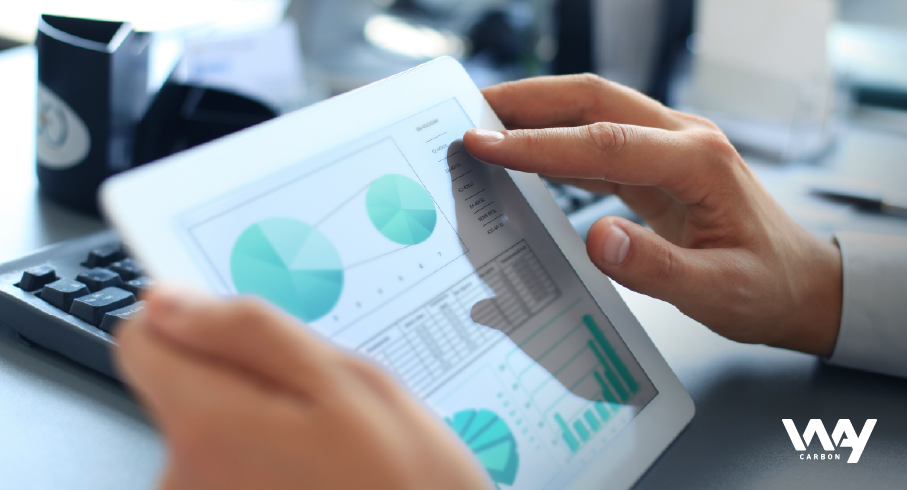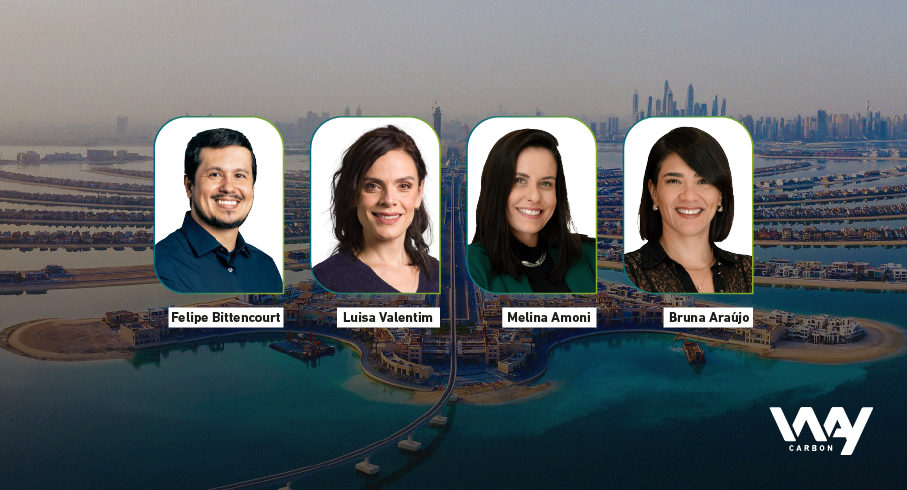GHG Protocol and the transparency in the climate agenda
Launched in 2008, the Brazilian GHG Protocol Program (an adaptation of The Greenhouse Gas Protocol – A Corporate Accounting and Reporting Standard) provides international guidelines and quality standards for the accounting and preparation of greenhouse gas (GHG) inventories. It also includes an online platform for the voluntary reporting of emissions by participating organizations: the Public Registry of Emissions (PER).
2023 Cycle: increase in inventory submissions
The 2023 cycle of the program, which covers the 2022 GHG inventory, saw the submission of 434 inventories, marking a 42% increase from 2021. In addition, nearly 60% of participating organizations reported that their inventory was completed and verified by an independent third party.
The most significant emissions reported in this cycle are associated with Scope 3 (related to sources not controlled by the reporting entity). The volume of emissions in this scope is up to four times higher than the direct emissions (Scope 1) of the organizations. On the other hand, Scope 2 emissions (related to energy consumption) decreased by 58% compared to 2021, mainly due to the reduction of the average annual electricity emission factor of the National Interconnected System.
It’s worth noting that despite a significant increase of 129 new participating companies, Scope 1 emissions only increased by 4% compared to 2021. This is closely linked not only to improvements in emissions management by the participating companies but also to the type of business and sector of the new members, with a profile associated with the service sector and outsourced activities.
Sectoral analysis: increasing representation of the transportation sector
Over the 15 years of the program, while the manufacturing sector has remained the most significant among the submitted inventories, its representation has almost halved over the historical series, largely due to the entry of members from other sectors. In the 2023 cycle, the number of organizations in the transportation, warehousing and postal services sector was the second most representative, with a 69% increase compared to the previous cycle.
In general, the number of participating organizations increased in all sectors when comparing 2021 and 2022. This increase is closely linked to stakeholders’ demand for transparency in companies’ ESG agendas, particularly in relation to sustainability and climate change. It is also worth noting that there are already policies and regulations in place that require organizations to provide more transparency in the climate agenda.
What are the qualifications for GHG inventories?
In summary, the qualifications for GHG inventories in the Public Emissions Registry are as follows:
- Bronze Qualification: if the organization partially publishes its inventory.
- Silver Qualification: if the organization publishes its full inventory.
- Gold Qualification: if the organization publishes its full inventory and it is verified by Verifying Bodies (VBs) accredited by INMETRO.
The importance of the Gold Seal in the GHG inventory
Since the launch of the Brazilian GHG Protocol Program in 2008, reporting organizations have begun to quantify and publish their greenhouse gas (GHG) emissions, providing greater transparency into their key strategies for emissions management to stakeholders. It also allows for benchmarking by other companies in the sector. Out of the initial 23 companies in the program, only 2 have earned the Gold Seal for their GHG inventory.
The Gold Seal not only provides greater assurance of the reliability of the data reported by inventory companies, but also allows organizations to participate in sustainability market frameworks, ensuring better ratings and credibility with investors. It’s also worth noting that audited inventories are already required by environmental agencies as a condition for the issuance of operating licenses (O.L.) to companies in certain sectors, as is the case with INEA in the state of Rio de Janeiro.
WayCarbon and the clients in the program
WayCarbon has a history of conducting inventories since its inception in 2006. We’ve witnessed the growth of the strategic changes in companies. Our software, Climas, was born in 2014 and is dedicated to the management of GHG emissions, evolving over time with new features and expanding with solutions to manage ESG-related topics.
From the software’s client base, there was a 36% increase in clients reporting to the registry in the 2023 cycle compared to the 2022 cycle. Approximately 80% of these clients received the Gold Seal in the Brazilian GHG Protocol Program. The third-party verification process in Climas is facilitated by data traceability and curation of emission factors by our experts.
Conclusion: transparency in the climate agenda
The GHG inventory is the first step in a decarbonization journey, as it provides essential information to set the organization’s mitigation goals and strategies. Therefore, the figures mentioned in the article are positive and indicate that more companies, even in non-carbon intensive sectors, are embarking on the decarbonization journey and addressing the issue with greater transparency.










